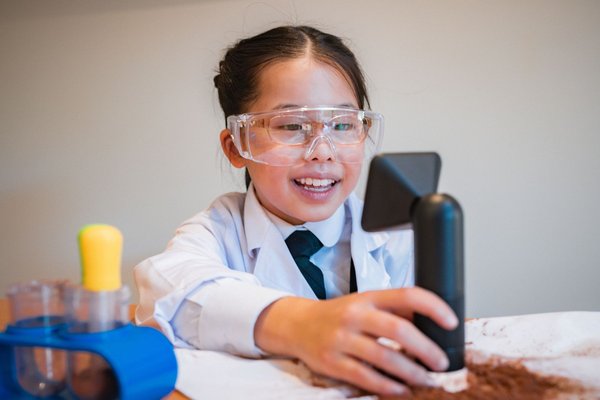You Want Me To...Be Subjective?
As a Museology graduate student who is in part focusing in audience research, I have been programmed to be objective. Scientific practices in obtaining an audience sample, rigorous application to standardized interviewing techniques, clinical observation, and adherence to objectivity have all been par for the course in my Audience Research education. I can hear my teachers, Kris Morrissey (UW Museology, Seattle), Nick Visscher (UW Museology, Seattle) and Kathryn Owen (Woodland Park Zoo, Seattle) in my mind: “Just present the facts!”
So now, during my internship with the Australian Museum's audience research unit, I've been asked to (dare I say it) be subjective in an evaluation of the exhibit Surviving Australia.

© Australian Museum
Subjectivity is part of the founding principles of Exhibition Appraisal, a method of exhibition critique developed by Kathleen McLean at the Exploratorium in San Francisco. According to McLean in Planning for People in Exhibitions and Museum Exhibition Critique: Notes for Critiquers (adapted for the Australian Museum by Lynda Kelly): “The underlying idea is that critiques provide museum developers with a professional assessment that brings to light aspects of an exhibition that contribute to the overall visitor experience.” Critics are supposed to use their own personal experiences, professional backgrounds, and personal style in comments and feedback. It’s very much like the process of criticism used in the fields of literature, theater, film, and art.
So, I go forth from the familiar territory of objectivity and into the uncharted waters of subjective critique. It feels strange, but you know what? I think I’m going to like it. And that’s a fact.












